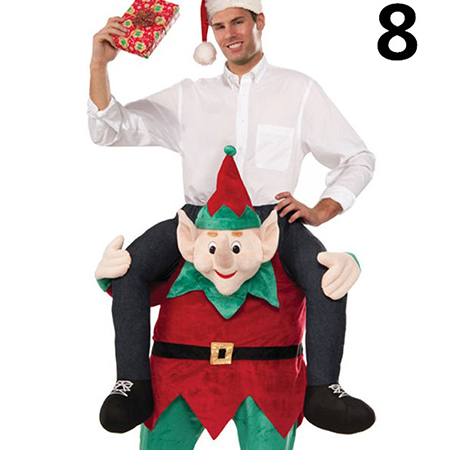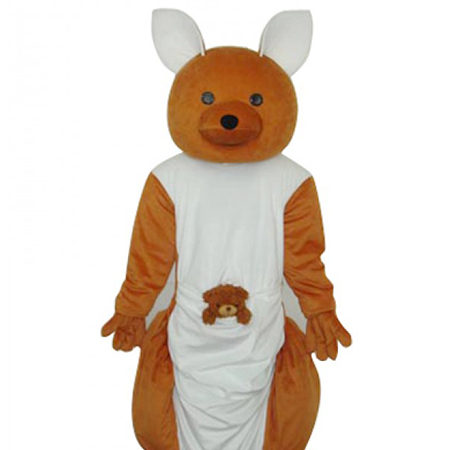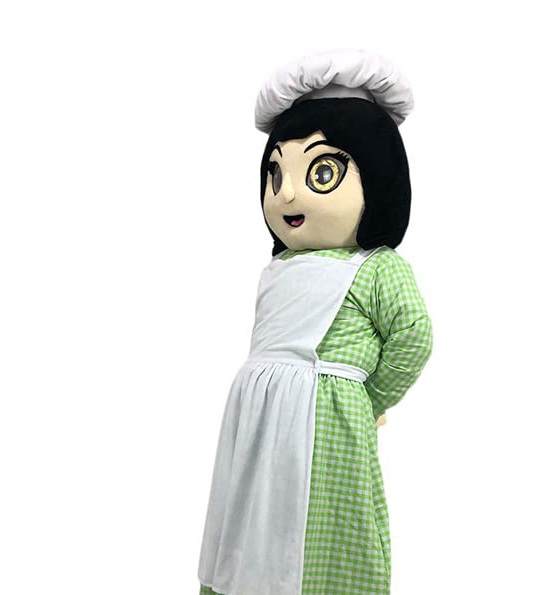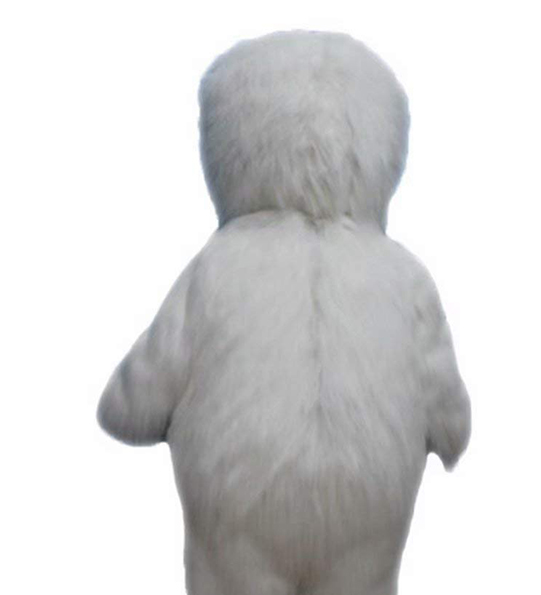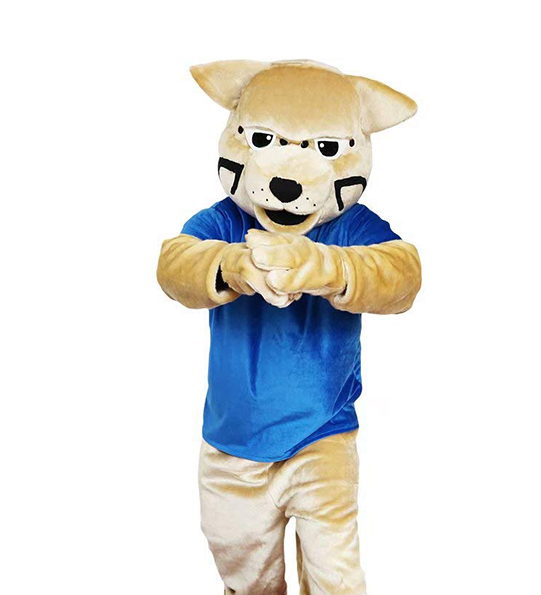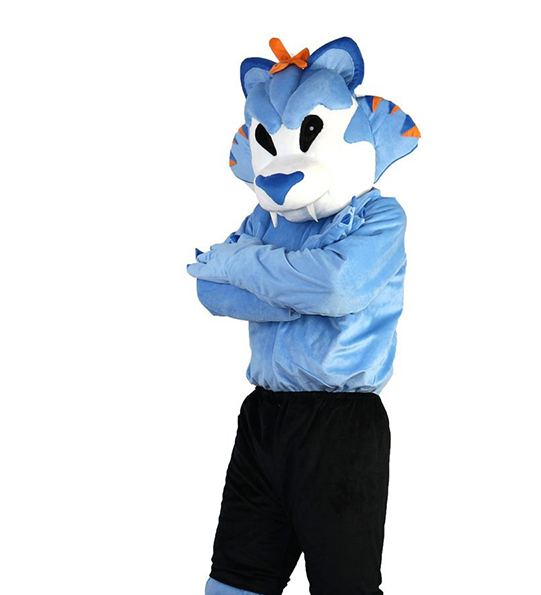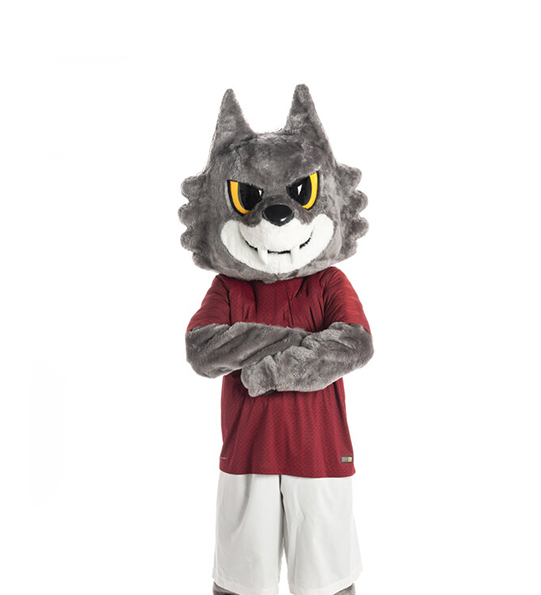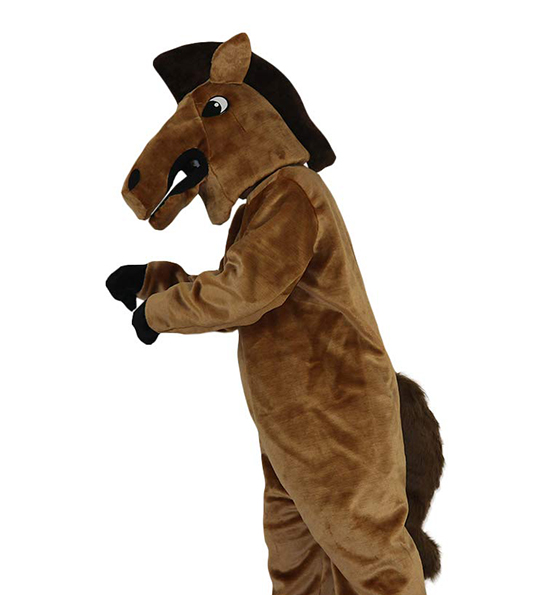The Biggest Mascot Costume Mishaps and How to Avoid Them
Mascot costumes, while fun, come with risks like rips, heat exhaustion, and poor visibility. Prevent mishaps by choosing high-quality materials, ensuring ventilation, and adding mesh panels for sight. Weatherproofing and clear communication with handlers are also key. Regular maintenance and hygiene keep performers safe. With careful planning, mascots can continue to delight audiences.

